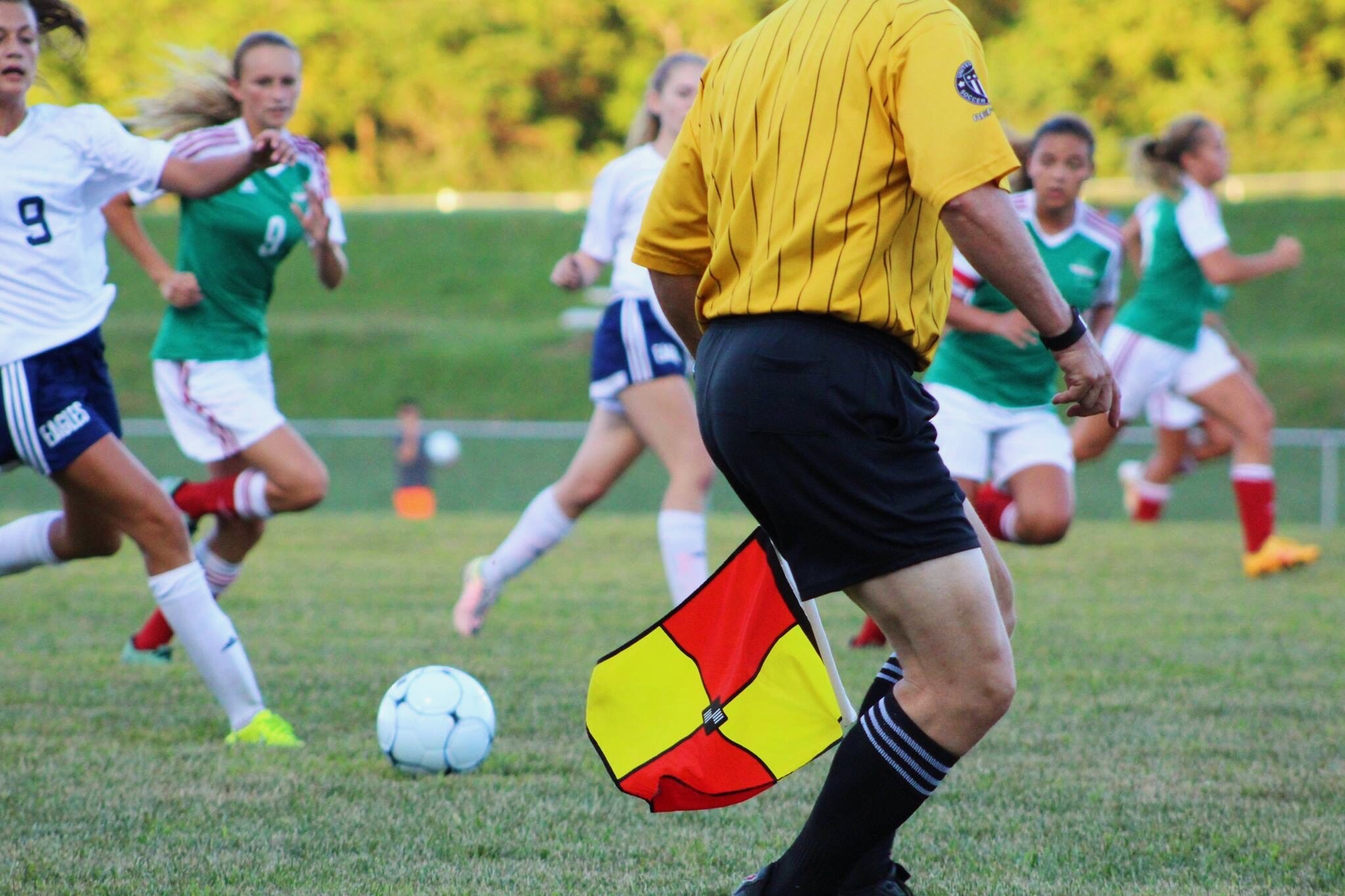Sport has often been described as something of a unifying force, helping bring people together from all walks of life to participate, support or spectate. However, despite its unique powers of unity, there remain certain aspects where wide chasms are evident, creating conflict and inequality.
One of these aspects currently prominent is the gender pay gap debate. A recent study from GLL took a 10-year look at the progress of women’s sports, finding impressive progress in prize money and pay, with women’s football prize money increasing by 300% over the past decade, and women’s tennis increasing by 135%.
However, there remains a stark contrast between the money on offer for women and men, despite the steady rise for the women’s game. For example, the highest-paid women’s footballer, Alex Morgan of the US National team, earns £94 million less than Argentinian men’s player Lionel Messi, while World Cup prize money for the women is also over 10 times less than that of the men’s.
The current movement to achieve equal pay has taken off, riding on the wave of the US women’s football team winning the World Cup in impressive fashion, with the team’s co-captain Megan Rapinoe calling for women to “fight like hell” until their pay goals are achieved:
“I know it’s frustrating and hard – at times you feel like you’re banging your head against a wall – but we’re sort of in it anyways. It’s a fact of life for us so we might as well fight like hell.”
Indeed, a study from Columbia University researchers found that the gender pay gap contributes to increased rates of depression and anxiety among women, which suggests that the issue is far bigger than just an economic one. The researchers said at the time that they hoped the findings would spark further discussions “about the effects of denying women equal pay and the ways in which structural discrimination are being manifest in today’s world.”
We spoke to Dr Joan Steidinger, CMPC, a licensed sports psychologist to ask if, in her experience, the findings could also be applied to the huge gender pay gap in women’s sports.
“Absolutely,” she said, “women are constantly slammed down [when fighting for equal pay] and it takes an individual with a lot of grit to hang on in there and keep fighting, and they can get anxious and depressed as a result [of the inequality].
“Megan Rapinoe is older and wiser and isn’t afraid to speak her mind – more women in sport need to be like her if there are going to be more changes.”
Dr. Steidinger has a book called ‘Stand Up and Shout Out’ set to be released in March 2020 on women’s fight for equal pay, equal rights and equal opportunities in sport, and asserted that the issue of the gender pay gap in sports “is a much bigger problem than people realise” and that “there is not enough respect for women in sport due to it being run by white males, which interferes with women moving up the hierarchy.”
She noted the lack of representation in organisations like FIFA as well as the media to highlight the reasons why equal pay is yet to be achieved.
“Representation is an issue – there’s a lot of work against women getting equal say let alone equal pay. There needs to be a mix of cultures; 89% of major sports editors are white males. Attention needs to be drawn to show how good women are and how they deserve equal pay.
And while some have argued that women’s sports do not get the attention or draw an audience like the men’s equivalent, this is a myth, according to Dr Steidinger “but there is a lot of work to be done to break those myths so we can offer equal pay.”


